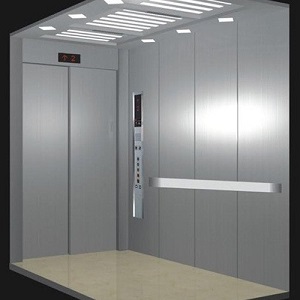Elevators, often known as lifts, are a type of vertical transportation used primarily to carry people between floors in high-rises and skyscrapers. People and commodities are transported from one floor to the next using these. Service Lift Companies in Mumbai can also be seen on multi-deck cruise ships. Elevators have now become an essential component of high-rises and other major structures.
The synchronized movement of traction wires and a matching counterweight system in opposite directions is the essential idea behind the operation of an elevator. As a result, as the traction cables rise, the counterweights, such as a hoist or other machinery, move in the opposite direction. Electric motors or a hydraulic fluid pump are often used to power this system.
Most people are shocked to learn that there are numerous different types of elevators on the market. Elevators may be categorized into five types based on the kind of hoist mechanism employed for Service Lift Companies in Mumbai, which are commonly used to satisfy the needs of daily life.
These elevators are commonly seen in high-rises and other big buildings, and are used to convey both passengers and freight. These can be further divided into:
- Worm gears are used in geared
traction elevators to simplify and regulate the mechanical movement of the
elevators.
- Gearless traction elevators
have a driving sheave linked to one end of the motor and are typically
low.
Hydraulic elevators are simpler than traction elevators, making them appropriate for low-traffic, low-rise buildings and enterprises. These elevators use a hydraulic mechanism to propel the elevator car higher against gravity as the car lowers under gravity's pull. These are divided into two categories:
These are self-ascending and rise using their own power.
Combustion or electric engine can be used to create this propulsion. These
elevators are commonly employed in towers or guyed masts to provide for simple
access to different areas of the constructed structure for maintenance.

No comments:
Post a Comment